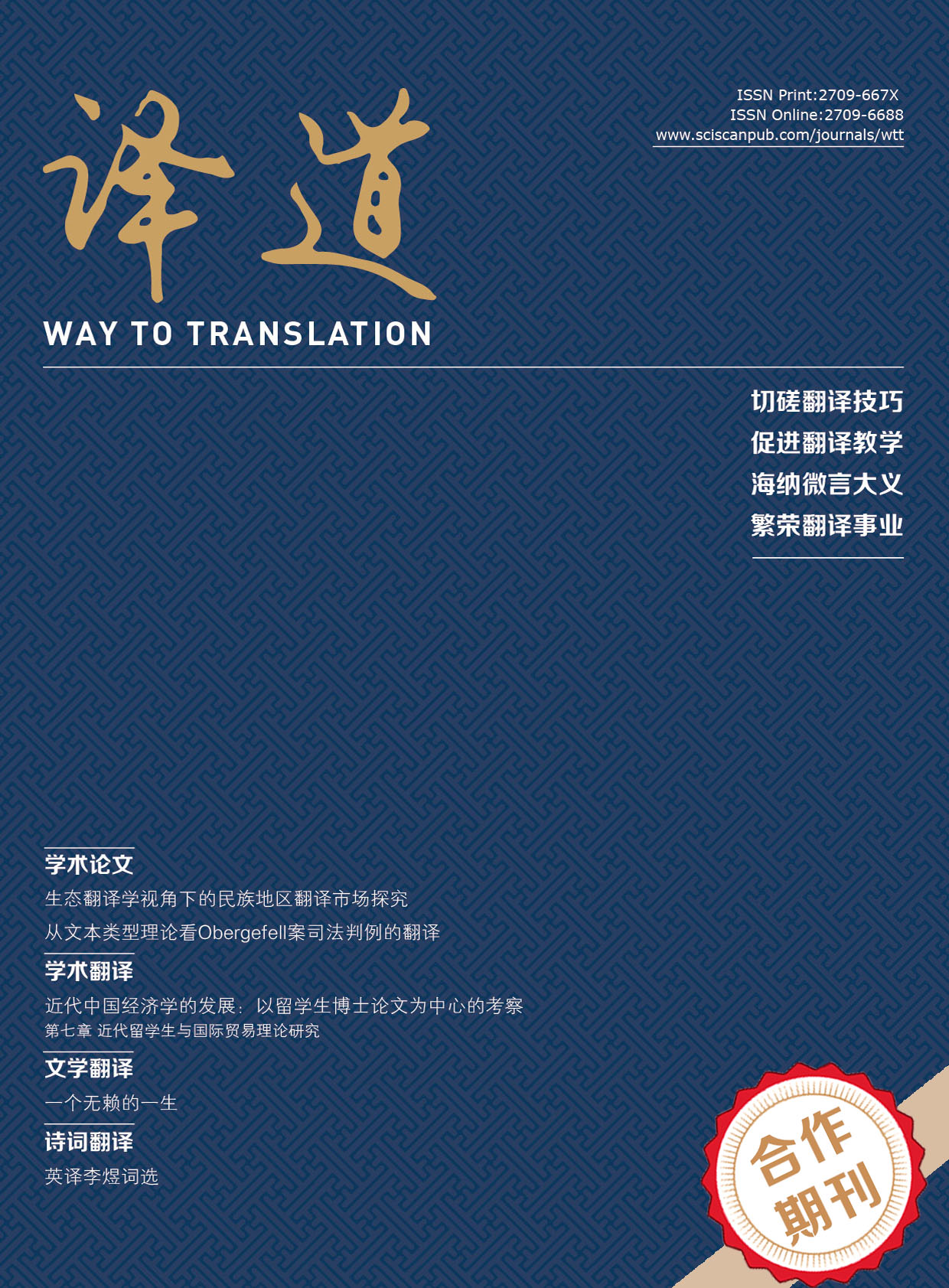免费订阅世刊出版平台最新发表资讯
从文本类型理论看 Obergefell 案司法判例的翻译
A Study on Chinese Translation of US Supreme Court Opinion in Obergefell from the Perspective of Text Typology Theory
- 作者: 周艳芳
-
单位:
中南财经政法大学外国语学院,武汉
- 关键词: 文本类型理论;司法判例的翻译;规范性;描述性
- Text typology; Chinese translation of judicial opinions; Prescriptive; Descriptive
- 摘要: 判例法国家的法律渊源除包含立法机关制定的成文法外,还包含判例法,司法判例因而成为法律文本中一个重要的类别。司法判例与其他类型文本的区别在哪里,如何在翻译过程中处理这一差异?本文以2015 年美国联邦最高法院审理的 Obergefell 一案司法判例文本的中译为例,采用文本类型理论作为分析工具对以上问题进行讨论。本文将赖斯文本三分法和沙切维奇法律文本两分法分别运用于具体段落的翻译过程,结果表明,同一段原文当界定为不同的文本类型时,译文可能存在重要差异。而司法判例作为特殊用途文本,其语言功能和文本类型划分具有法定性、专业性、确定性的特点,因此在某些情况下将直接决定了译者翻译方法的选择。在另一些情况下,译者对于司法判例文本类型的把握对于译者深刻理解文本内容以及完成翻译任务至关重要。
- Sources of law under common law tradition include not only statutes, but also precedents, which explains why judicial opinions are important legal texts. What are the major differences between judicial opinions and other types of texts, and how should a translator deal with such differences? This article takes the Chinese translation of the judicial opinion of the US Supreme Court in Obergefell (2015) as an example, and discusses translation questions from the perspective of text typology theory. It applies Reiss’ tripartite classification and Šarčević’s bipartite system of classifying legal texts, and the results reveal important divergence in translation. The function of judicial opinions is, however, designated by the legal tradition and legal system, which in some scenarios determines the translation methods. In some other, the translator’s perception of the text typology of judicial opinions is vital for an adequate understanding of the text and successful complete of the translation task.
- DOI: https://doi.org/10.35534/wtt.0101002
- 引用:














